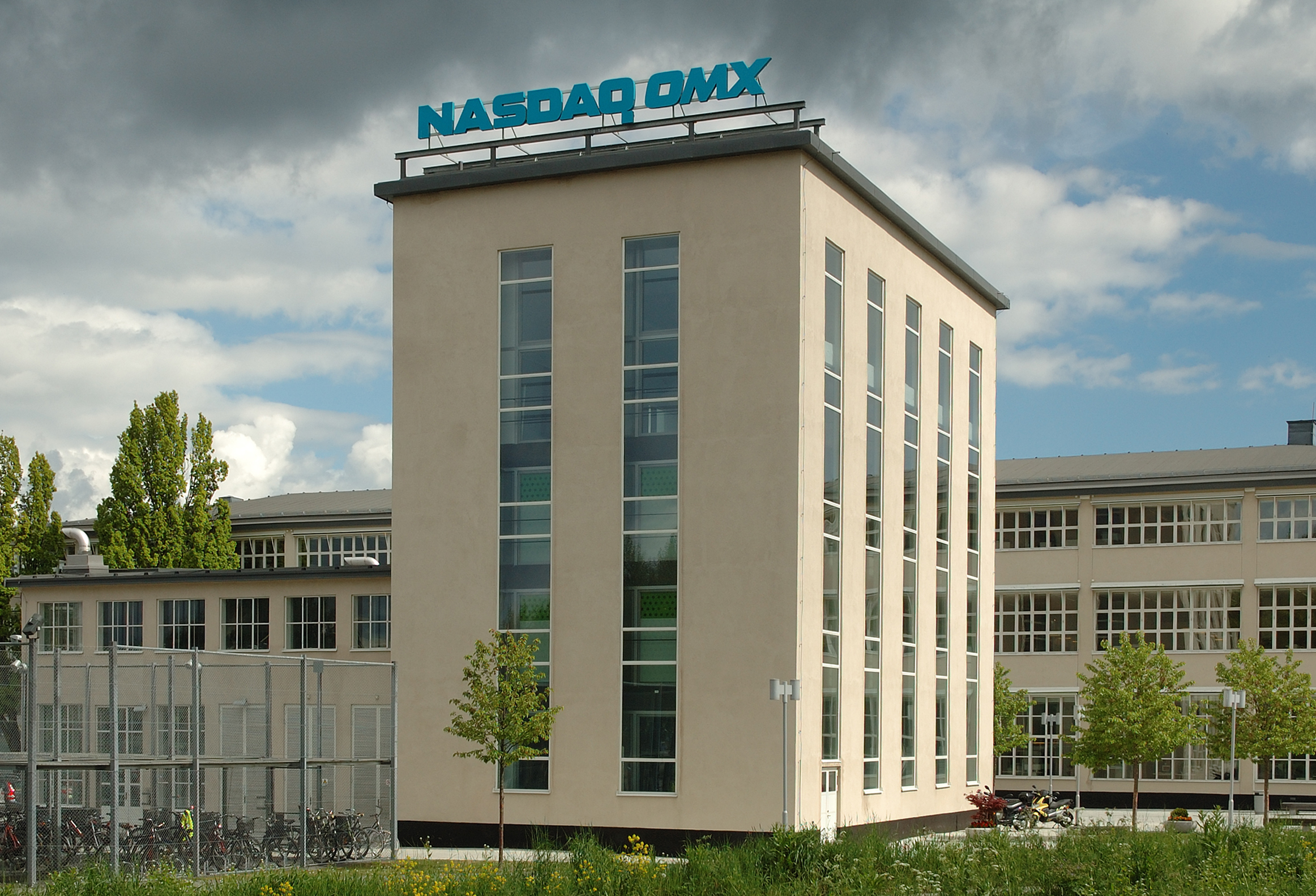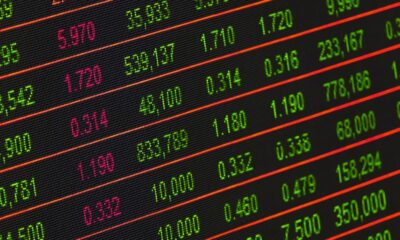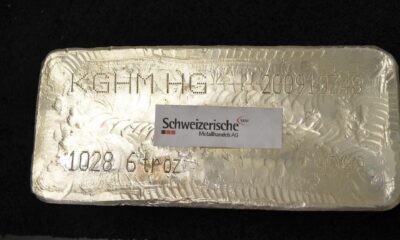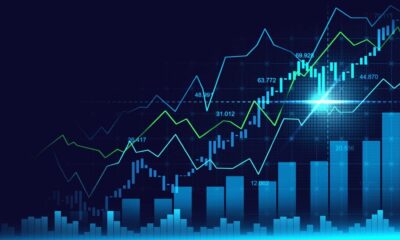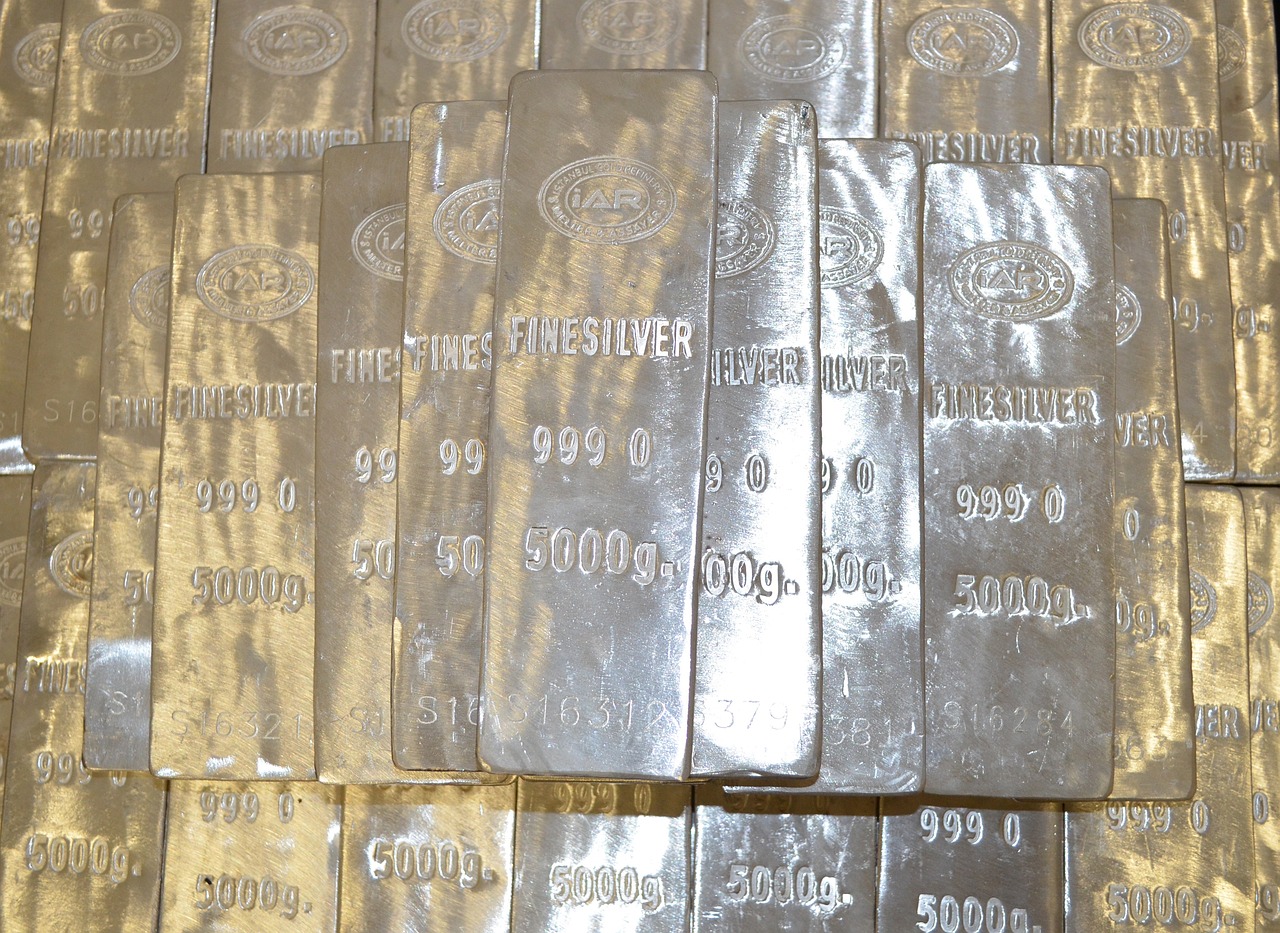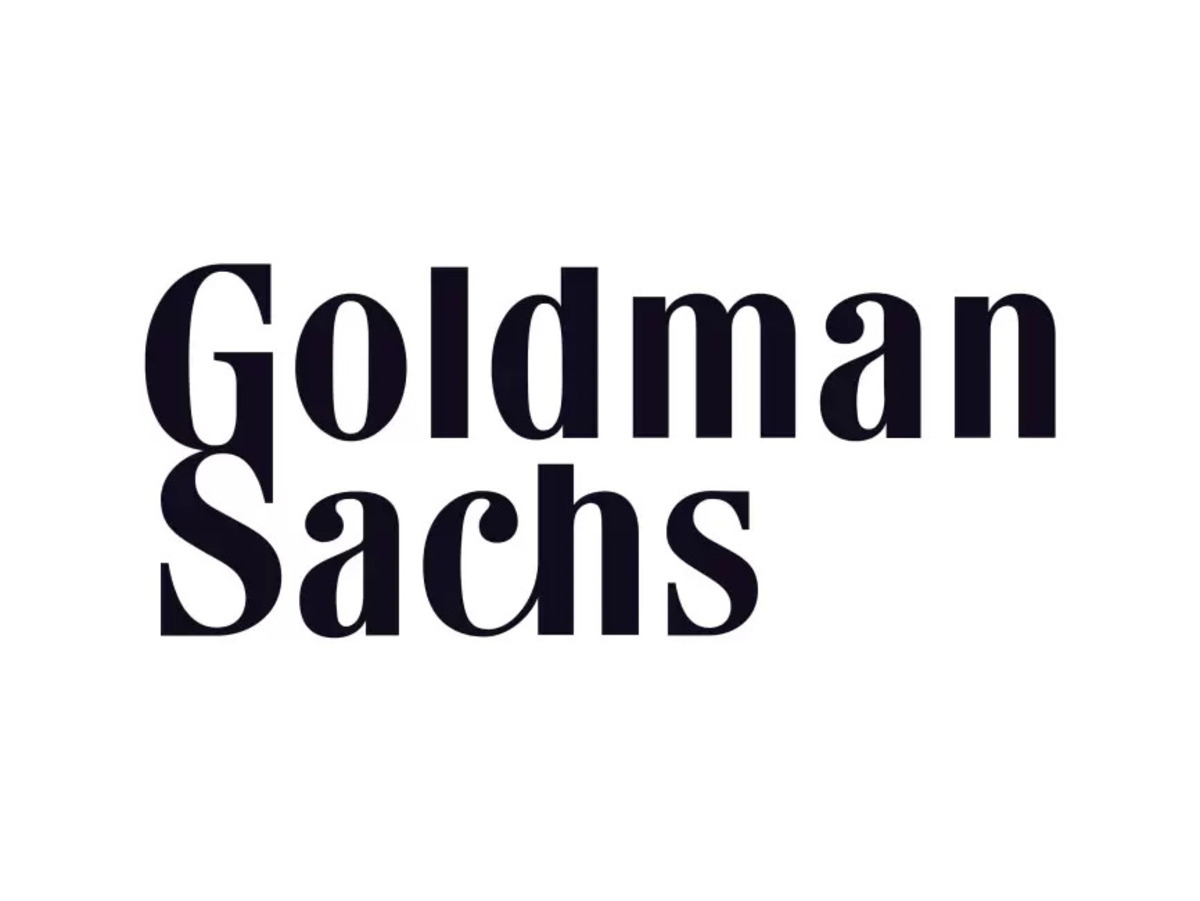Så här går börsen i dag 20170602 är en analys som kommer från Axiers analysarkiv och skrevs den 2/6-2017. Analyserna i arkivet är tillgängliga för Axiers betalande prenumeranter.
Så här går börsen i dag 20170602 Våra OMX-analyser kan fungera som ett av flera beslutsstöd för den som handlar med börshandlade fonder, ETFer, som följer Stockholmsbörsens index, till exempel XACT OMX eller SpotR, nedan finner Ni Så här går börsen i dag 20170602. Vill Du också läsa dem varje dag? Anmäl Dig för en provprenumeration på Axiers hemsida.
Anmäl Dig här för att prova Axier dagliga tekniska analyser
OMXS30 – på väg mot ny årstopp
(C 1 641,32 H 1 646,81 L 1 636,01)
OMXS fortsätter sin stigande trend, där vi har årets högsta notering den 16 maj vid 1 657. Rekylen från denna topp gav oss en nedgång på 42 punkter till 1 615 den 18 maj. Rörelsefaktorn låg på 41 punkter på den nivån. Från den 1 615 har index stigit men tvekat en del, när det viktiga motståndet vid 1 637 skulle brytas. Nu har vi fått två dagar med stängning över 1 637, vilket är positivt. Så länge 1 637-nivån håller är vi inriktades på en fortsättning uppåt inte bara långsiktigt utan även kortsiktigt.
Motstånden vi jobbat med under våren och försommaren ligger i intervallet 1 662-1 720 om vi stänger in dem alla inom ett enda intervall. Tar vi det hela mer kortsiktigt är det 1 662-1 670, som står på tur när index etablerar sig över 1 650. Uppgången i New York under torsdagen bidrar till en positiv möjlighet under fredagen. Vi siktar mot 1 686 under nästa vecka och ser om marknaden orkar lyfta index dit innan veckan är slut med den 9 juni som fredag. Den 14 juni blir sedan intressant då FED har sitt policymöte den 13-14 juni och lämnar ett besked om räntan normalt vid 20-tiden när mötet är slut. Marknaden diskonterar nu en räntehöjning och en bekräftelse på att USA är på rätt väg med den ekonomiska utvecklingen. Index i USA ska kunna stiga in mot detta besked, sedan bör en reaktion komma om ett räntebesked faller in som förväntat.
Stochastic
Lång sikt: Månadsstochastic 96,0 och 91,4 stigande
Medellång sikt: Veckostochastic 84,4 och 84,8 fallande
Kort sikt: Dagsstochastic 67,0 och 62,9 stigande
Tidscykler på börsen
(Uppdaterad 1 juni -17)
Aktuella cykler under våren har varit de på 2 år, 19 månader och 10 månader.
Toppen den 27 april 2015 gav det än i dag gällande rekordet på 1 720 för index. 2 år (24 M = 52 W=730 D) senare fick vi en uppgång till motståndet 1 627-1 628 fredagen den 29 april.
Nästa rytm från rekordet är den på 26 månader som infaller den 27 juni i år. Detta datum ger också en reaktion 12 månader efter botten vid 1 241 den 27 juni -16 (Brexitbotten).
Tiden är alltid intressant och vi har inriktat oss på att bevaka reaktioner för index och framförallt i enskilda aktier in mot mitten av maj månad. Detta gav oss 1 655 för index den 9 maj. Den 16 maj noterade index sedan 1 657, som högst, vilket fortfarande är årets högsta notering, när vi lämnar maj månad.
När det gäller enskilda aktier ser vi ett flertal aktier som under maj månad testat sina rekordnoteringar. Nordea, Volvo, E-lux är några av dessa aktier.
Topparna för index den 9 maj och 16 maj kom in med en viss fördröjning efter rytmen på 24 månader den 27 april. Toppen den 16 maj styrdes av de kortare rytmerna med toppar den 16 december 2016 och den 16 mars i år. De kortare rytmerna på 5 och 2 månader fick styra det hela på detaljnivå.
Vi har rytmen på 780 dagar som genom årens lopp gett oss flera viktiga reaktioner från betydelsefulla toppar och bottnar. 780 dagar (=25,6 M =111,4 W) är det samma som 2 år och 50 dagar och är nära 26 månader, som motsvaras av 790-792 dagar. I och med att dessa båda rytmer ligger så nära varandra är det viktiga att bevaka.
De båda indextoppar på 1 719 respektive 1 720 från den 19 mars -15 respektive 27 april -15 ger oss, med rytm på 780 dagar, den 8 maj -17 respektive den 15-16 juni -17. Den 8 maj var extra intressant efter valet i Frankrike. Toppen 1 655 kom in den 9 maj, vilken nu ger en reaktion nedåt för index men ännu tydligare i en del enskilda aktier. Toppen den 16 maj för index kom in på 1 657 och får ses som en del av den toppformation, som skapats under tiden 9-16 maj. Vågmässigt är jag inne på att den 9 maj var toppen och att den 16 maj ingår i nedgången/rekylen.
Rytmen på 10 månader från lågpunkten den 6 juli 2016 gav oss också måndagen den 8 maj som reaktionspunkt. Här blev det också en marginell förskjutning. Toppen den 9 maj vid 1 655 blev avgörande dels för index men framförallt för de aktier som bottnade den 6 juli -16.
Rytmerna på 20, 21 och 22,5 månader är aktuella under försommaren om vi relaterar dessa till den 29 september -15. Den 29-31 maj i år faller den första in med 20 månader. Sedan ligger den 29-30 juni och den 15 augusti på tur med dessa tre rytmer som bas.
14 månader från toppen 1 432 den 14 mars -16 gav oss den 14 maj i år och en sammanstrålning via 1 657 den 16 maj. Det är endast tiden vi arbetar med i alla rytmer ovan. Det krävs sedan en harmoni med priset för att en reaktion ska bli mer än bara tillfällig, vilket är det vanliga. Men med tid och pris i harmoni eller som vi också uttrycker det att tid och pris har ett matematiskt samband blir det hela mycket betydelsefullt.
Rullande korta cykler med reaktionsdagar
Dessa dagar kommer att korrigeras löpande vartefter vi får ny information från marknaden Vi följer i fortsättningen den rytm som började den 9 mars 2009. Den sammanfaller i stort med den andra rytm som har sitt ursprung från toppen den 13 juli 2007. Alla reaktionsdagar kommer från Gann Hjulet och den kunskap som ligger bakom detta.
Beräknade reaktionsdagar för OMXS 30 index: 2 juni, 17 juni, 2 juli, 16 juli, 31 juli
Rörelsefaktorn – Motstånd – Stöd
Aktuell rörelsefaktor för tid och pris = 40 Motstånd 1667 och 1 707 Stöd 1 627 och 1 587
Analytiker: Ingemar Carlsson
Kursdata: Stockletter.se

 Nyheter3 veckor sedan
Nyheter3 veckor sedan
 Nyheter3 veckor sedan
Nyheter3 veckor sedan
 Nyheter4 veckor sedan
Nyheter4 veckor sedan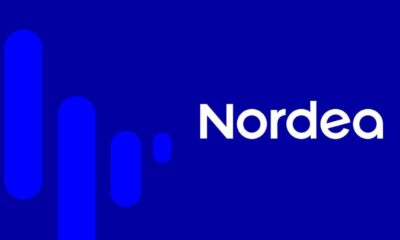
 Nyheter3 veckor sedan
Nyheter3 veckor sedan
 Nyheter4 veckor sedan
Nyheter4 veckor sedan
 Nyheter3 veckor sedan
Nyheter3 veckor sedan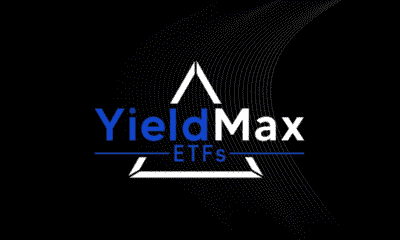
 Nyheter4 veckor sedan
Nyheter4 veckor sedan
 Nyheter4 veckor sedan
Nyheter4 veckor sedan
